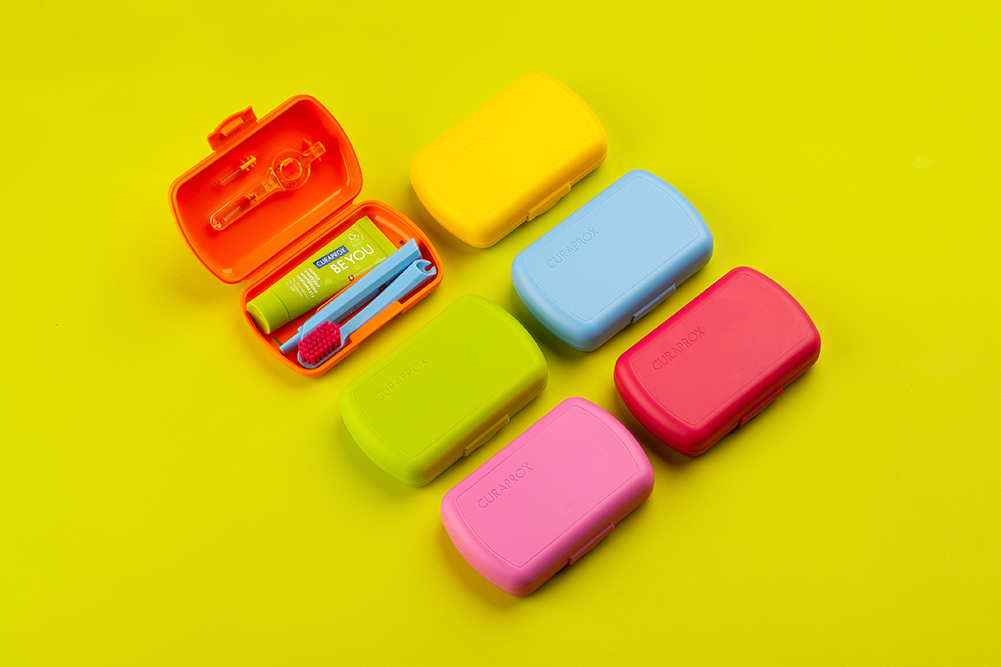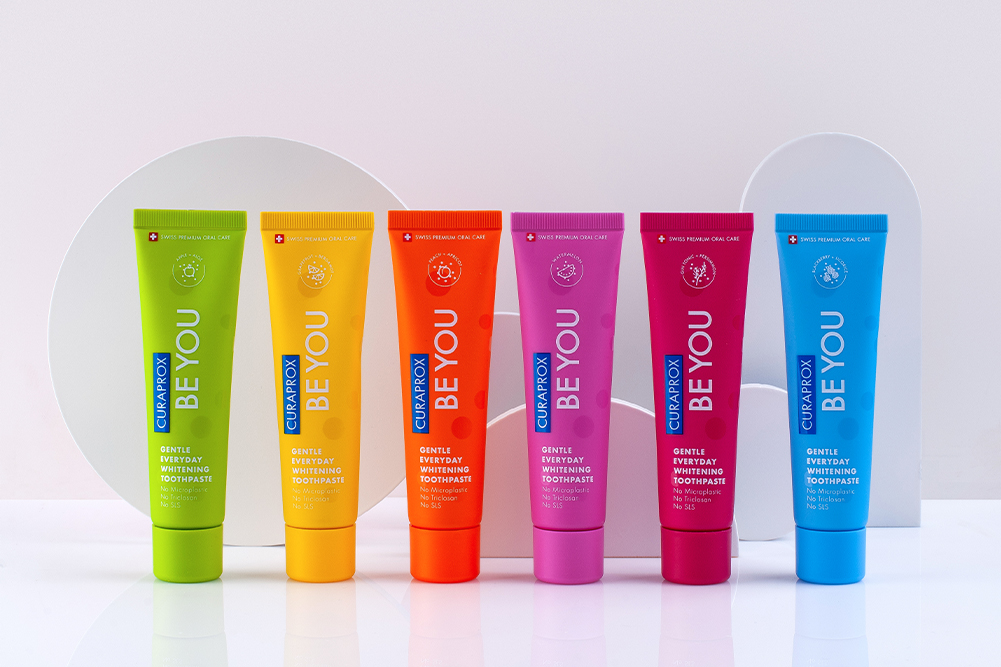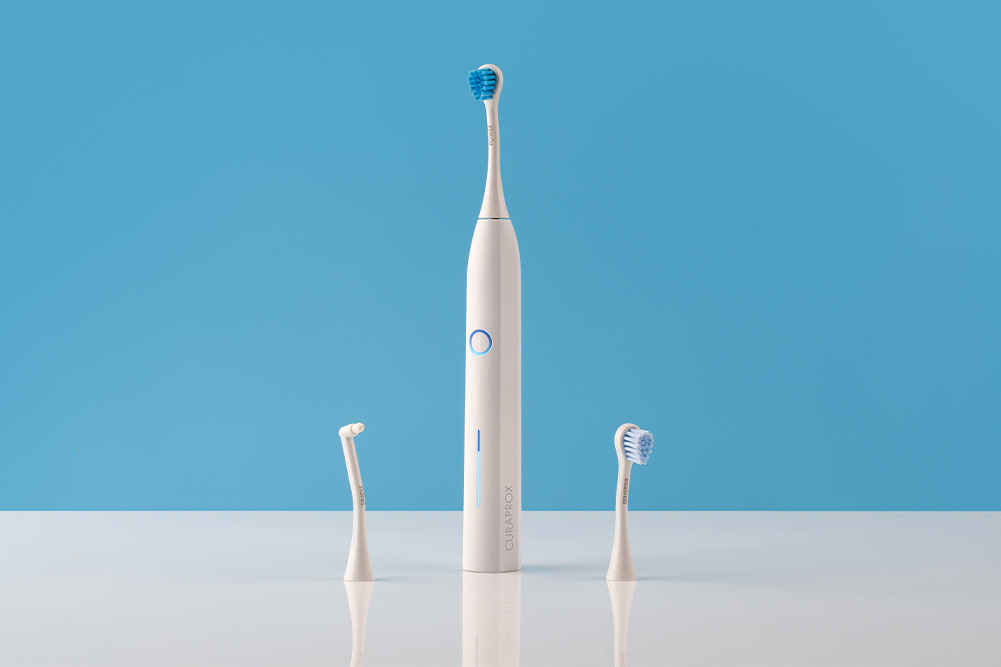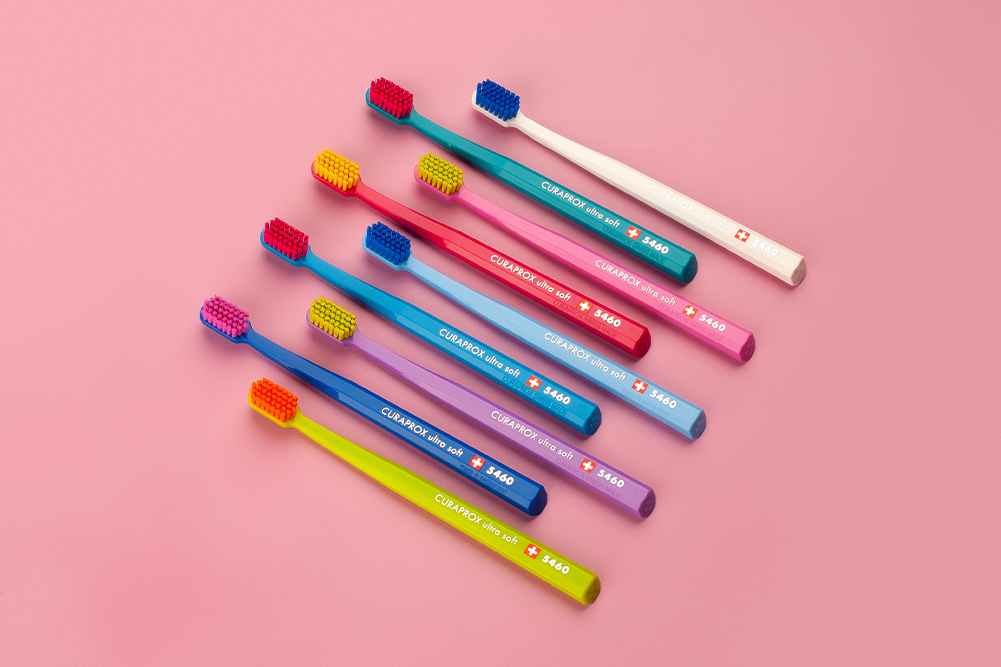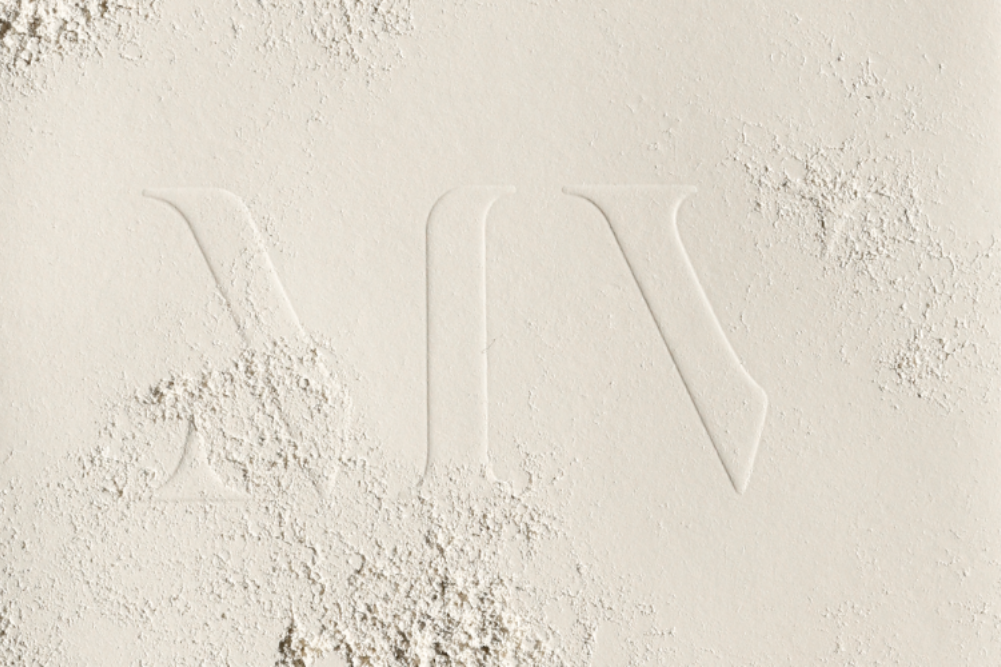Mineral make-up
If you are going to wear make-up all day, it makes sense that it works in synergy with your skin. Most conventional make-up is littered with synthetic chemicals that not only block the skin’s pores but also rob it of vitamins. These ingredients include lead, mineral oil, aluminum, formaldehyde and parabens, all of which are toxic to human tissue. Thankfully there are many brands popping up on the market that offer beautiful, healthy formulas that are even more effective at covering up spots and giving the skin a smooth airbrushed appearance than their conventional counterparts. The irony is that the ingredients used in these new formulations are minerals, old as the earth itself and used by various cultures and tribes for skin decoration for millennia.
Mineral make-up is a powder made up of loose pigments: natural minerals such as zinc and titanium dioxide and iron oxides, ingredients that can be brushed on the skin lightly to give a translucent glow or layered to give a more made up appearance. The benefits of mineral make-up are twofold:
- Minerals zinc and titanium dioxide reflect UV rays, so increase your SPF when you wear them and they are almost sweat proof as they adhere to the skin well (without being occlusive).
- They are an excellent solution for those with sensitive skin and skin problems from acne and rosacea as they are non-irritating and the pigments don’t clog the skin’s pores. In fact zinc itself is regarded as an anti-oxidant and has soothing properties (think calamine lotion).
While there are some beautiful clean mineral make-up brands on the market, it is important to be vigilant in reading labels as some companies are riding the mineral make-up wave without offering the real deal. Some companies claim to sell true mineral make-up, but employ cheap fillers such as talc, used to give a more matte appearance, but also a known toxin. Bismuth oxychloride is another popular ingredient used in faux mineral make-up to give the skin a reflective sheen but is a well-known skin irritant. If you want that extra reflective glow, look for brands that use mica, a natural mineral from the earth that offers a lovely sparkle. When it comes to tones and colours in make-up, look for brands that use natural iron oxides as opposed to chemical dyes that are derived from coal tar and known to be toxic to human health.
When it comes to mineral pigments, it could be that size matters, some companies have created minerals in nano particle size to give a translucent appearance, that some scientists and health care professionals believe can be absorbed by human tissue. Professor Epstein of the University of Illinois believes they may absorb UV light transporting solar radiation into the body. The jury is still out, but the TGA in Australia say, “to date the current weight of evidence suggests that titanium dioxide and zinc oxide nano particles do not reach viable skin cells, they remain on the surface of the skin and in the outer layer of the skin that is composed of non-viable cells.”
Some companies use micronised minerals as opposed to nanonised to avoid any possible health risks. Micronised minerals offer translucency without being so small that they can be absorbed into the skin. This is rarely advertised on the packaging, so if you are concerned you may like to contact the company directly. The other way to ensure that your mineral make-up is free of nasties and nano particles is to look for certification logos such as ACO, OFC or NASSA.
If you are more partial to a liquid foundation as opposed to a loose pigment powder, there are new natural liquid mineral foundations on the market that boast many of the benefits of a mineral powder but also offer other properties such as moisturisation and hydration. They go on the skin like a conventional foundation, but still offer the protective benefits of loose pigment mineral make-up. They also give the skin a dewy glow, unlike the powder that gives a more matte finish. Again, ensure that the liquid foundation is rich in plant extracts, natural emulsifiers and preservatives, not chemical fillers and synthetic preservatives.
Applying loose mineral powder is easy, (although can be messy until you perfect the art). Dip a thick, bristled brush into the powder and tap off the excess before brushing onto the skin. Use upward movements to blend over the face. Repeat the process over problem areas, or if you would like a heavier coverage. It is always worth going into a store to be colour matched to make sure you are getting the best colour suited to your complexion.
If you want to wear less make-up, mineral make-up does offer more for less, however ensuring your diet is balanced and healthy will help give your skin a glow that no amount of cosmetics can replicate.
To prime your skin topically before applying make-up here is a lovely recipe that will dissolve dead skin cells and rejuvenate the complexion for smooth make-up application.
Make-up primer mask with papaya, lime and green tea
2 tbsps papaya juice
1 tbsp lime juice
1 tbsp of green tea
11/2 tsp of citrus pectin
Method
Mix the juices together and slowly mix in the citrus pectin to achieve a gel like consistency. Apply and leave for 10 minutes until dried and remove with a warm wet flannel.
